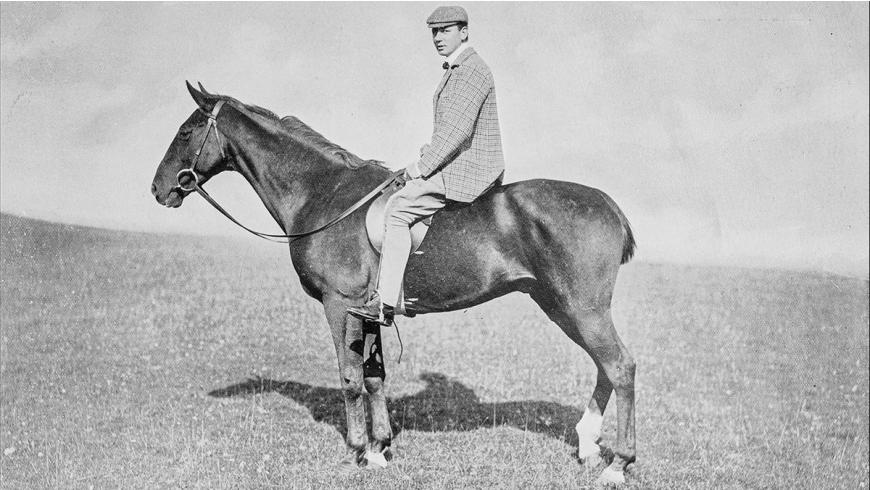Rare, Wonderful Walnut Joins The Gat Creek Stable

It is the passion of woodworkers, darling of interior designers, bane to horses and a legend among hardwoods. Walnut — specifically American Black Walnut — enjoys a well-earned reputation as the premier lumber for crafting fine furniture. Gat Creek is proud to now offer it as a material option. (More on the horses later.)
No other wood possesses its unique stability and hardness, its remarkable graining and coloration. You simply can’t fake walnut’s aesthetic appeal.
“Its color is all its own,” said Gat Caperton. “The natural graining is just fabulous. The tone is cool but not overly so. And it’s not overly warm, either. For our line we have two offerings. Natural, with no color added at all. The other we add a bit of color, mocha, that darkens it some. The advantage is it makes the wood more uniform, more consistent. It’s also more traditional.”
Deep color was added to walnut woods back in the early 20th Century to get the very dark tones that were popular at the time. Gat noted that the trend to leaving walnut unstained, retaining its natural lighter tone, started happening in the ‘50s. But even those pieces today will have darkened some as that is the nature of wood as it matures.
What hasn’t changed in the last several decades is walnut’s rarity and the higher prices it fetches in the marketplace. It’s classic economics of supply and demand with several forces at play to make walnut America’s most valuable wood.
Most notably, walnut trees take their sweet time developing their prized characteristics; 100 years to grow from seed to maturity. Another issue is growing demand from overseas manufacturers who are importing the lumber at the highest rates in history.
The final influencer in the economics of walnut is the most interesting, if you like unexpected history lessons as we do.
When America was young black walnut trees were so common they were used as firewood and fence posts. As the country grew, a peculiar conflict arose between walnut trees and, surprisingly, horses.
“Back in the day before the automobile when horses were the primary mode of transportation and the engine of commerce, the fruit of the walnut tree posed a menace,” Gat explained. “Those fruits could wedge into the horses’ hooves and kill them within days. Folks needed horses more than they needed walnut lumber so there was wholesale cutting down of trees.”
Today, black walnut trees comprise about 5% of our forests and sustainable management has them at a place to meet the demand of consumers and interior designers. “We are fortunate to have mill partners with consistent supplies,” Gat said. “So almost everything we make is now available in walnut.”
Which is wonderful news for everyone, and the horse we rode in on.
